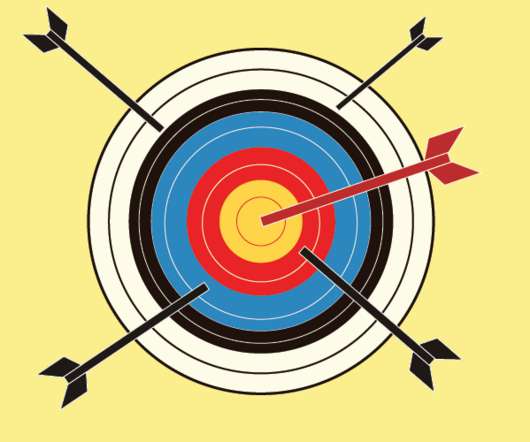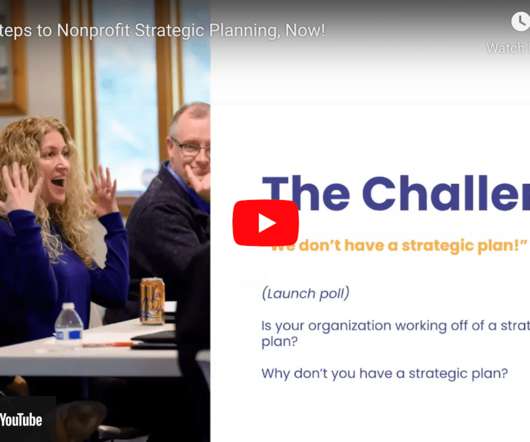How can nonprofits and funders create mutually agreeable performance measures?
ASU Lodestar Center
JUNE 3, 2020
Tell the story of learning. Chapters report data to the headquarters which enables the organization to move resources quickly to where they are needed most. Use participatory processes to define metrics and methods of data collection. Her interests include organizational learning and community cultural development.























Let's personalize your content